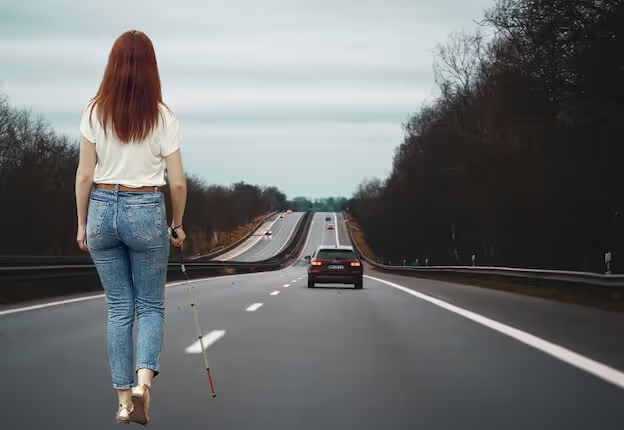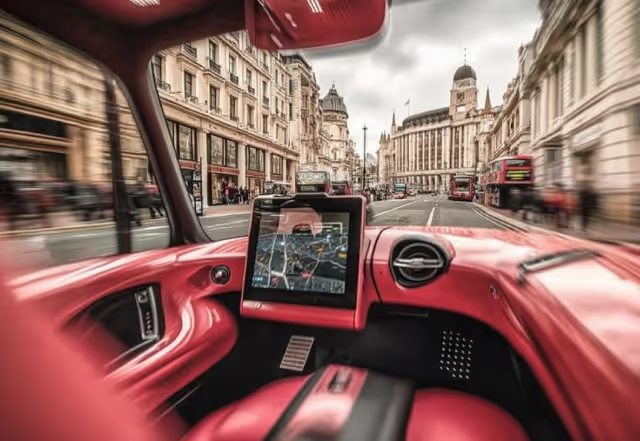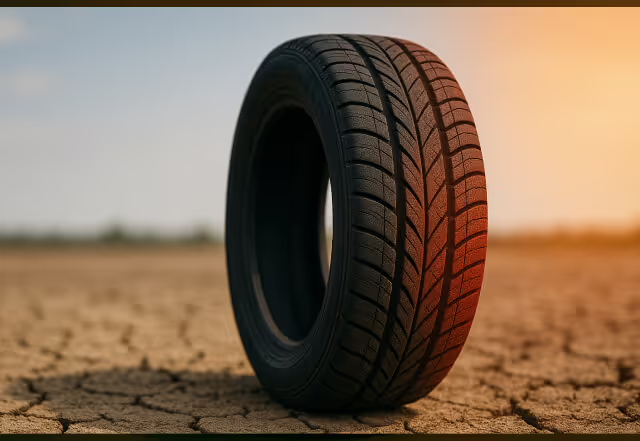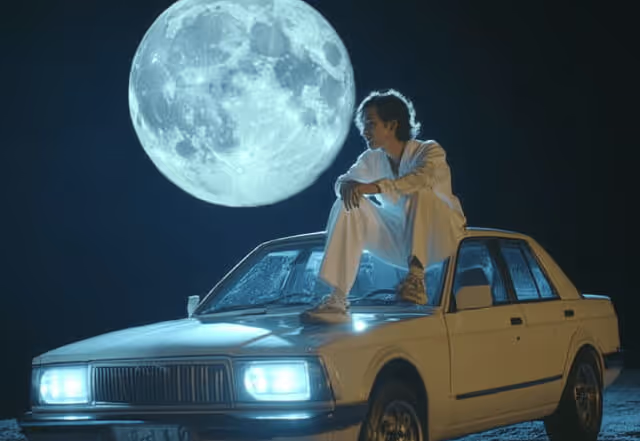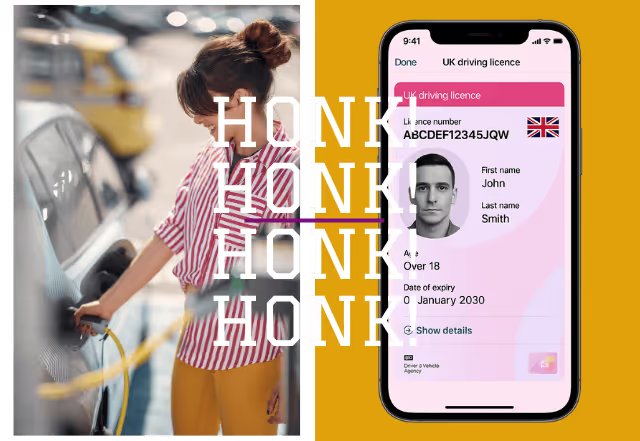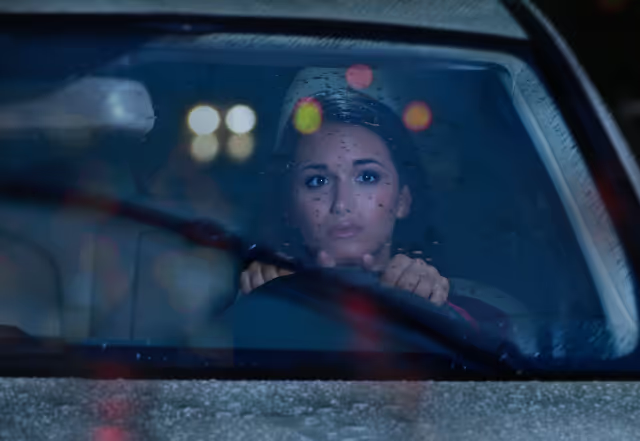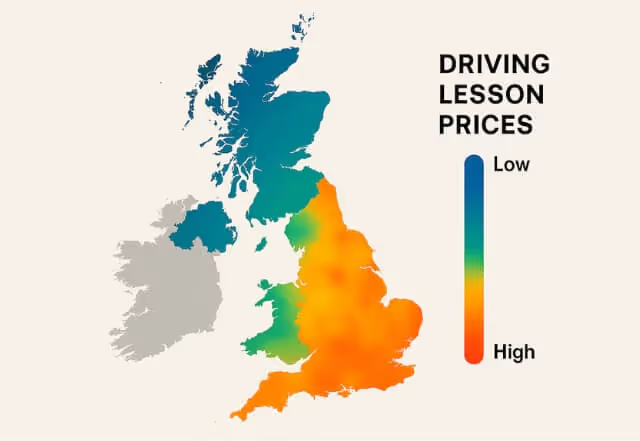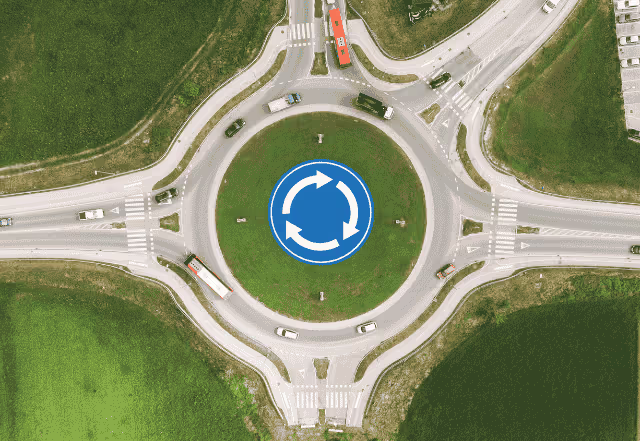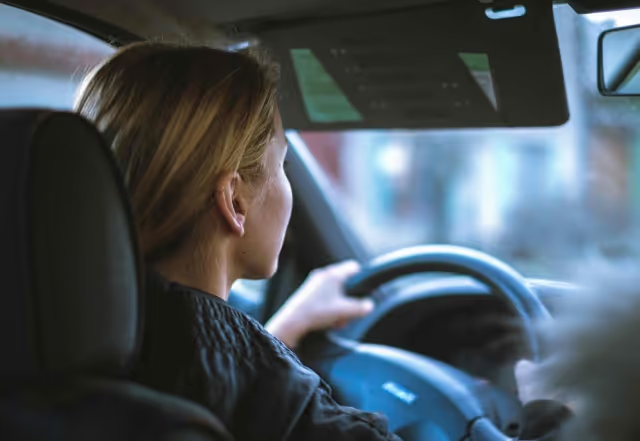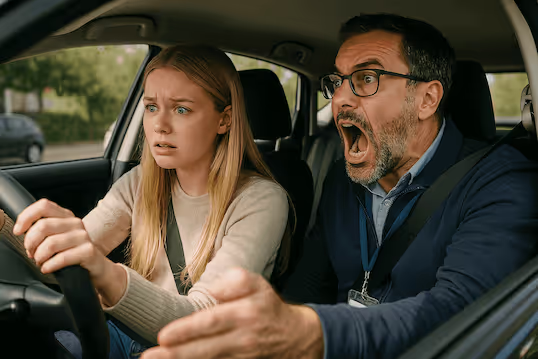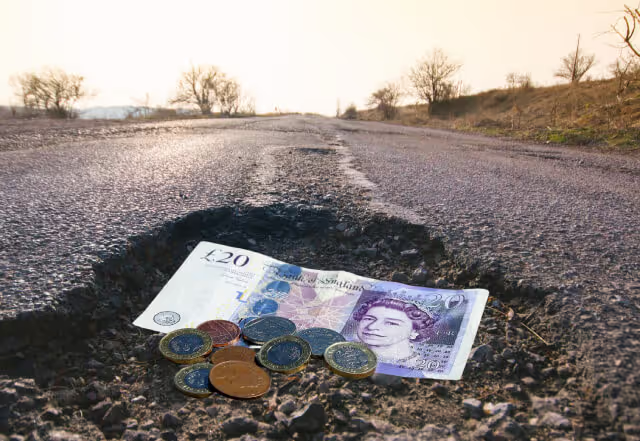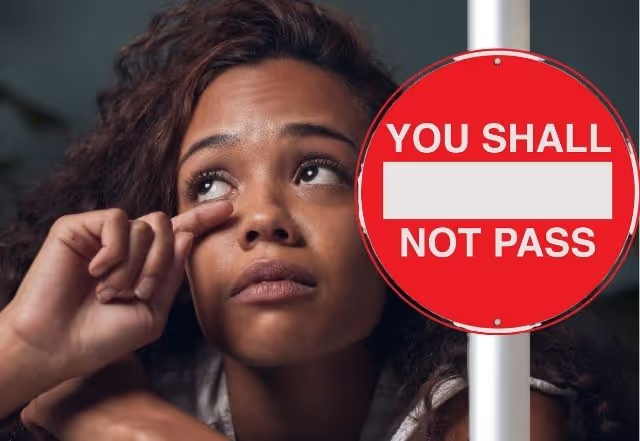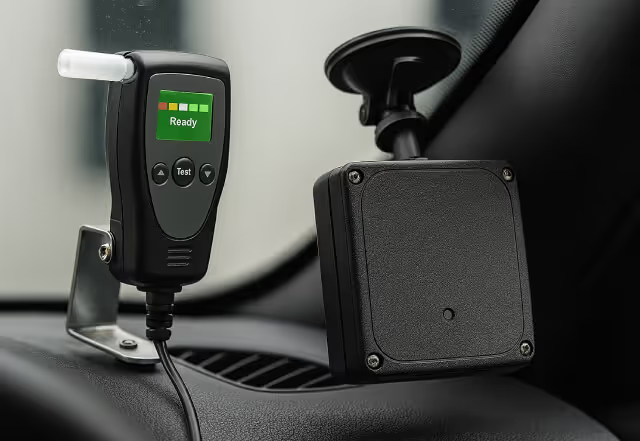Why Checking Your Blind Spot Should Be Second Nature
When learning to drive, one habit that instructors emphasise again and again is the blind spot check. It’s a small movement—but it carries significant weight when it comes to safety, confidence, and exam success.
In this article, we’ll explore what blind spots are, why checking them is essential for all drivers, and a few interesting insights into how we perceive the world around us.
👀 What Is a Blind Spot?
A blind spot refers to any area around the vehicle that cannot be seen in your mirrors—no matter how well they’re adjusted. Typically, it exists on both rear sides of the car, just behind your shoulder.
These zones can easily conceal:
- ● Cyclists
- ● Motorbikes
- ● Cars in adjacent lanes
- ● Pedestrians or small obstacles
A quick glance over your shoulder—commonly known as a shoulder check—is the only way to make sure it’s clear.
🚗 When Should You Check Your Blind Spot?
Blind spot checks are especially important during manoeuvres such as:
- ● Moving off from the side of the road
- ● Changing lanes on a motorway or dual carriageway
- ● Merging from slip roads
- ● Overtaking
- ● Turning into or out of driveways
- ● Exiting a roundabout
Failure to check your blind spot before any of these can result in dangerous—and completely avoidable—situations.
In driving tests, missing a blind spot check is often marked as a serious or dangerous fault, depending on the situation.
🧠 Did You Know? (A Few Surprising Blind Spot Facts)
- Even large vehicles like buses and trucks have multiple blind spots—which is why extra caution is needed when driving near them.
- Electric cars are quieter, which makes blind spot checks even more important, especially when pulling out or reversing.
- According to road safety studies, over 60% of lane-change collisions are caused by drivers who didn’t check their blind spot.
These aren’t just statistics—they’re real-world reminders that what you can’t see can still affect you on the road.
✅ How to Master the Habit
1. Combine With Mirror Checks
Use your mirrors first to assess the situation. Then do a quick but clear shoulder check to cover what mirrors miss.
2. Time It Correctly
A blind spot check is only effective if done just before you move, not well in advance or after the fact.
3. Practice in Low-Traffic Areas
Early practice in quiet streets can help build muscle memory and reduce hesitation when it matters.
🏁 Final Thoughts
Blind spot checks may seem like a small part of driving, but they’re one of the most critical safety habits any driver can develop. They protect you, your passengers, and everyone else on the road.
Whether you’re a new learner or a seasoned instructor, consistent blind spot awareness can prevent collisions, reduce test-day stress, and build long-term driving confidence.
It’s not just a checklist item—it’s a life-saving habit.
Drive attentively. Always check what your mirrors don’t show.
